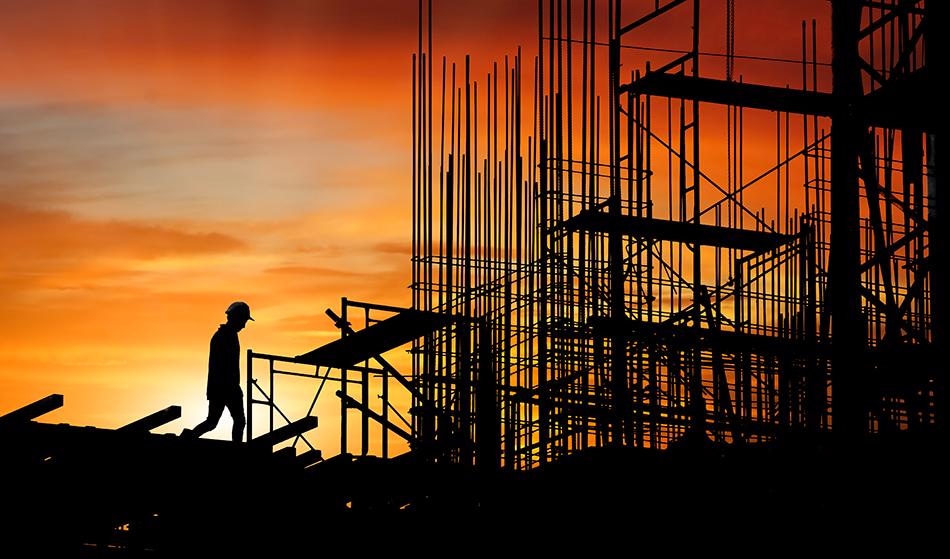
Jaririyawat / Shutterstock
It’s time to get creative about how we will power our homes and cities in the future. The human population is ever rising, and as is our use of technological devices, the thirst for energy has never been greater, but the ability for our old system to support it is draining.
Renewable Technology
Luckily, renewable technology has made great strides in development in recent years, putting it in a position to be a real viable option to producing energy and distributing it on a large scale. However, there remains an important barrier to overcome, and this is that the natural sources that power renewable energy are intermittent and therefore power needs to be stored in order to provide a consistent energy supply.
The infrastructure of the developed world is evolving. We’re moving away from the system of being plugged into the grid, relying on one store of energy to power all we do. The last decades have seen a boom in adoption of renewable energy, with some homes and businesses opting to go off-grid and power themselves.
Infrastructure is adapting to this, it’s becoming more flexible and allowing for the incorporation of both renewable energy and fossil fuel power. It’s supporting electric vehicles, and is upscaling the use of clean energy.
Challenges Posed by Renewable Energy
Let’s go back to the challenge that renewables present with their intermittent energy source. The resolution here is that energy needs to be stored in order to fill the demand when input is low. But the problem is that storage of renewables has, up until recently, proven a difficult feat. Recent steps forward in the field of energy storage has developed 2 major systems that are being put into practice. The first is battery storage or excess renewable energy, the second is a process of converting water to hydrogen using renewables.
The development of our infrastructure has seen technology grow to the point where we are now living in the era of the internet of things, where all our connected devices can communicate with each other, and where the opportunity to make a device connected is almost limitless. This level of technology infrastructure is allowing for greater energy storage by putting power in consumers’ hands to manage their own energy supply.
Powerwall—New Wall-Mounted Battery
Tesla introduced the ‘Powerwall’ a few years ago, a wall mounted battery with the power of storing energy from both solar and wind inputs, as well as taking power from the grid to charge up. The system is able to work through being part of a connected system, the battery charges from the grid when energy costs are low, and supports the store of energy from renewables that would otherwise be wasted.
The facilitation of energy storage in the home opens up the possibility for storing huge amounts of energy, far more than could be supported without undertaking huge projects.
The current infrastructure is allowing for the complete digitization of the electricity ecosystem, revolutionising it for the modern world. It is supporting the move from our reliance on emissions releasing fossil fuels, and welcoming the shift towards clean renewables.
The use of battery storage of energy in the home will become instrumental in helping consumers manage their energy bills through helping them to monitor peak loads, regulate voltage and frequency, and ensure they have access to a reliable energy source.
Conclusion
As our infrastructure continues to develop, the internet of things will become even more key in our daily lives. This is great news for energy storage, because devices like the ‘Powerwall’ lend themselves to smart homes. The future is likely to see widespread adoption of this kind of energy storage technology, alongside larger projects such as large batteries and hydrogen converters.
Source
Disclaimer: The views expressed here are those of the author expressed in their private capacity and do not necessarily represent the views of AZoM.com Limited T/A AZoNetwork the owner and operator of this website. This disclaimer forms part of the Terms and conditions of use of this website.